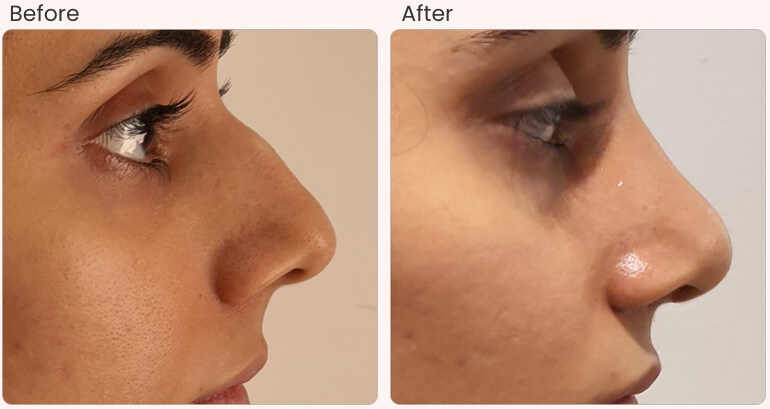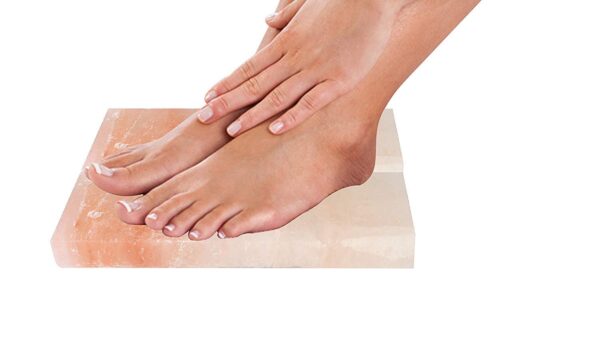Rhinoplasty, commonly referred to as a “nose job,” is a type of surgery that alters the structure of the human nose. This surgery is performed for both cosmetic and medical reasons, ranging from altering the size and shape of the nose to correcting breathing issues caused by structural abnormalities. As one of the most popular plastic surgery procedures worldwide, rhinoplasty has helped countless individuals achieve their desired facial appearance and improve their overall quality of life. Let us learn more about rhinoplasty surgery in Delhi and other aspects.
Reasons for Rhinoplasty
Cosmetic Purposes:
Many people opt for rhinoplasty to enhance their facial aesthetics. The nose plays a crucial role in facial symmetry, and even minor adjustments can have a significant impact on a person’s overall appearance. Common cosmetic reasons for undergoing rhinoplasty include:
- Changing the Size of the Nose: Some individuals seek to reduce or increase the size of their nose to achieve a more balanced facial profile.
- Altering the Shape of the Nose: This includes refining the nasal tip, removing a hump on the bridge of the nose, or straightening a crooked nose.
- Adjusting the Angle: Rhinoplasty can change the angle between the nose and the upper lip for a more harmonious facial appearance.
- Correcting Asymmetry: For those with uneven or disproportionate nostrils, rhinoplasty can create a more symmetrical look.
Functional Purposes:
Rhinoplasty is not solely for cosmetic enhancement; it is also a critical procedure for those with medical concerns related to nasal structure. Functional reasons for rhinoplasty include:
- Improving Breathing: Structural issues like a deviated septum or narrow nasal passages can lead to breathing difficulties. Rhinoplasty can correct these issues, leading to better airflow and reduced symptoms such as snoring and nasal congestion.
- Repairing Nasal Trauma: Injuries to the nose, such as fractures, can cause deformities and breathing problems. Rhinoplasty can restore the nose’s appearance and function after trauma.
Types of Rhinoplasty
Open Rhinoplasty:
Open rhinoplasty involves making an incision across the columella, the tissue between the nostrils, allowing the surgeon to lift the skin and fully access the nasal structure. This technique provides a clear view of the nasal anatomy, making it ideal for complex reshaping or reconstruction.
Closed Rhinoplasty:
In closed rhinoplasty, all incisions are made inside the nostrils, leaving no visible scars. This approach is typically used for less complex procedures where minor adjustments are needed. It generally offers a quicker recovery time compared to open rhinoplasty.
Revision Rhinoplasty:
Revision rhinoplasty is performed on patients who have previously undergone nose surgery but are dissatisfied with the results or have experienced complications. This procedure can be more challenging due to scar tissue from the initial surgery.
Non-Surgical Rhinoplasty:
For those seeking minor changes, non-surgical rhinoplasty is an option. This procedure involves the use of dermal fillers to temporarily alter the shape of the nose. While less invasive, the results are not permanent and typically last between 6 months to 2 years.
The Rhinoplasty Procedure
Rhinoplasty is usually performed under general anesthesia, although local anesthesia with sedation may be used for less extensive procedures. The surgery can take anywhere from 1 to 3 hours, depending on the complexity of the case.
- Consultation: The process begins with a detailed consultation where the surgeon evaluates the patient’s nasal structure, discusses their goals, and explains the potential outcomes and risks.
- Surgery: During the procedure, the surgeon makes the necessary incisions, reshapes the nasal bones and cartilage, and adjusts the skin and soft tissues to achieve the desired result. If the procedure is functional, the surgeon will address any structural issues that impede breathing.
- Post-Operative Care: After surgery, patients are typically monitored for a short period before being discharged. Swelling and bruising are common but usually subside within a few weeks. Full recovery and the final shape of the nose can take up to a year to fully manifest.
Recovery and Aftercare
Initial Recovery:
Most patients can return home the same day or the day after surgery. During the first week, it is common to experience swelling, bruising, and some discomfort, which can be managed with prescribed medications.
Long-Term Recovery:
The majority of swelling subsides within a few weeks, but subtle swelling may persist for several months. Patients are generally advised to avoid strenuous activities, wearing glasses on the bridge of the nose and any actions that could cause trauma to the nose for at least a few weeks after surgery.
Follow-Up Appointments:
Regular follow-up appointments are essential to monitor healing and address any concerns. The surgeon will guide patients through their recovery, providing advice on how to care for the nose and ensuring that the results are as desired.
Risks and Considerations
As with any surgery, rhinoplasty carries certain risks, including:
- Infection: Although rare, infections can occur and may require antibiotics or additional treatment.
- Breathing Difficulties: In some cases, rhinoplasty may result in breathing issues, especially if the internal nasal structure is not properly supported.
- Scarring: While closed rhinoplasty leaves no visible scars, open rhinoplasty may leave a small scar on the columella, though it typically fades over time.
- Unsatisfactory Results: There is always a possibility that the results may not meet the patient’s expectations, necessitating revision surgery.
Choosing a Surgeon
Selecting the right surgeon is crucial for a successful rhinoplasty. Patients should look for a board-certified plastic surgeon with extensive experience in rhinoplasty. Reviewing before-and-after photos, reading patient testimonials, and having an open, honest consultation with the surgeon can help ensure that the patient’s goals and expectations align with what the surgeon can realistically achieve. Handa Aesthetics can help you make a cost-effective plan.











